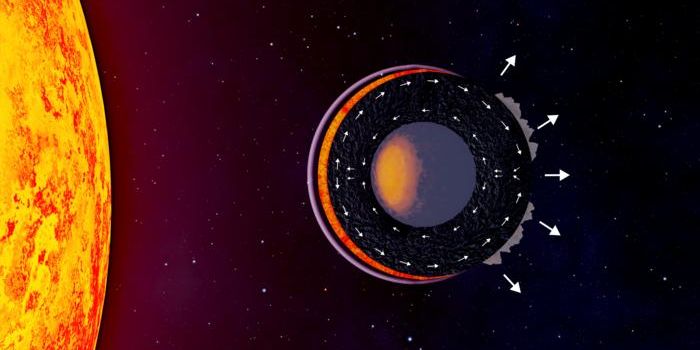The Science Behind the Hubble Deep Field Image
The Hubble Space Telescope launched into low orbit around the Earth in 1990, and it was only a few years later that the space-based observatory captured a somewhat famous photograph known as the Hubble Deep Field, which captured a very unique look at the universe with respect to space-time.
Most of the time, astronomers point the Hubble Space Telescope at an object and then focus on it to capture a nice photograph, but the Hubble Deep Field was quite different from this traditional practice. Rather than focusing on a particular object, astronomers did just the opposite, and they focused on an empty patch of dark, deep space.
The resulting image was the Hubble Deep Field, which revealed all sorts of neighboring galaxies and stars at various distances. Some of the galaxies are clearer and closer, but others are blurrier and more distant.
These objects tell an important story about the universe, as we clearly saw distant objects as they appeared soon after the Big Bang. While the closest objects were sharp and discernable, the most distant objects were harder to discern because their light depicts something much older than what’s actually happening in that region of space; this is because that light has been traveling to us for much longer, and modern light is still en route.
The Hubble Deep Field changed the way we thought about the universe, and it’s likely that the upcoming James Webb Space Telescope will continue to alter our understanding of the world around us.








